Emphasize Your Decor: DIY Accent Wall Ideas
Are you ready to transform your living space into a stylish haven? An accent wall is like a cherry on top of your home decor sundae! It can elevate the aesthetics of any room, creating a stunning focal point that draws the eye and sparks conversation. Whether you're looking to make a bold statement or add a subtle touch of elegance, accent walls offer endless possibilities. In this guide, we’ll explore innovative and creative ideas to help you craft the perfect accent wall that reflects your personality and enhances your home. So, roll up your sleeves and get ready to unleash your inner designer!
Before diving into colors and patterns, it's essential to choose the right wall for your accent project. Not all walls are created equal! Consider factors such as room size, lighting, and existing decor. For instance, if you have a small room, a wall with natural light can make a world of difference, opening up the space and making it feel larger. Look for walls that are free from distractions, such as windows or heavy furniture, to ensure your accent wall truly shines. Imagine walking into a room where your eyes are immediately drawn to a beautifully decorated wall; that’s the magic you want to create!
Now, let’s talk about colors! Choosing the right colors can completely transform a space. Think of your accent wall as the canvas for your home’s personality. Are you feeling adventurous? Go for vibrant hues that make a statement. Prefer a more subdued vibe? Soft, muted tones can create a serene atmosphere. When selecting a color palette, aim for a combination that complements your existing decor while adding a splash of vibrancy. For example, if your room features neutral furniture, a bold color can create a striking contrast, while pastel shades can harmonize beautifully with a more colorful decor scheme.
When deciding on your color scheme, consider whether you want to go bold or keep it subtle. Bold colors, like deep blues or fiery reds, can energize a space, creating a lively atmosphere. On the other hand, subtle tones like soft greens or gentle grays can evoke feelings of calm and tranquility. Both options have their unique impacts on the overall ambiance of your room. It’s all about what vibe you want to create! Think of your accent wall as a mood ring; it should reflect how you want to feel in that space.
Utilizing contrasting colors can make your accent wall pop! Imagine a bright yellow wall against a deep navy blue sofa—it’s a visual feast! To effectively pair colors for maximum visual impact, consider using the color wheel as your guide. Complementary colors, which sit opposite each other on the wheel, create a dynamic look. For example, pairing a rich burgundy with a vibrant teal can create a stunning effect, making your accent wall the star of the show. Remember, the goal is to create a balance that enhances your space without overwhelming it.
Understanding color psychology can be a game-changer when choosing the right colors for your accent wall. Different colors evoke different emotions and can significantly influence the mood of a room. For instance:
| Color | Emotion |
|---|---|
| Red | Passion, Energy |
| Blue | Calm, Trust |
| Yellow | Happiness, Optimism |
| Green | Harmony, Growth |
| Purple | Luxury, Creativity |
By selecting colors that resonate with the emotions you want to evoke, you can create a space that feels just right for you!
Incorporating patterns and textures adds depth and character to your accent wall. Think of textures as the icing on the cake; they can elevate the overall design and make it more engaging. You can opt for textured wallpaper, wood paneling, or even fabric to create a unique look. Patterns can range from geometric shapes to floral designs, so choose something that speaks to your style. Imagine a wall adorned with a bold geometric pattern—it’s like a work of art that transforms your space into a gallery!
There are numerous DIY methods for creating an accent wall that suits your style and skill level. Whether you’re a seasoned DIYer or a beginner, there’s something for everyone. From painting to wallpapering, the options are endless. The beauty of DIY is that you can customize every aspect to fit your vision. So, let’s explore some popular techniques that can help you create the accent wall of your dreams!
Painting techniques can add a personal touch to your accent wall. Consider options like stenciling to create intricate designs, or try an ombre effect for a smooth gradient look. Geometric patterns are also trending, providing a modern twist to traditional walls. The best part? You can easily adapt these techniques to fit your decor style and color preferences. Imagine transforming a plain wall into a stunning piece of art with just a few strokes of a brush!
Wallpaper can provide a quick and impactful way to enhance your decor. With a wide variety of styles available, from traditional floral prints to contemporary abstract designs, you can find the perfect wallpaper to elevate your space. Plus, modern wallpapers are often removable, making it easy to switch things up whenever you feel like it. So, if you’re looking for a hassle-free way to make a statement, wallpaper might just be your best friend!
- What is an accent wall? An accent wall is a wall that is painted or decorated differently from the other walls in a room, creating a focal point.
- How do I choose the best color for my accent wall? Consider the existing colors in your room, the mood you want to create, and the emotions associated with different colors.
- Can I use wallpaper on an accent wall? Absolutely! Wallpaper is a fantastic way to add texture and pattern to your accent wall.
- What are some easy DIY techniques for creating an accent wall? Painting, stenciling, and using removable wallpaper are all great DIY options for accent walls.
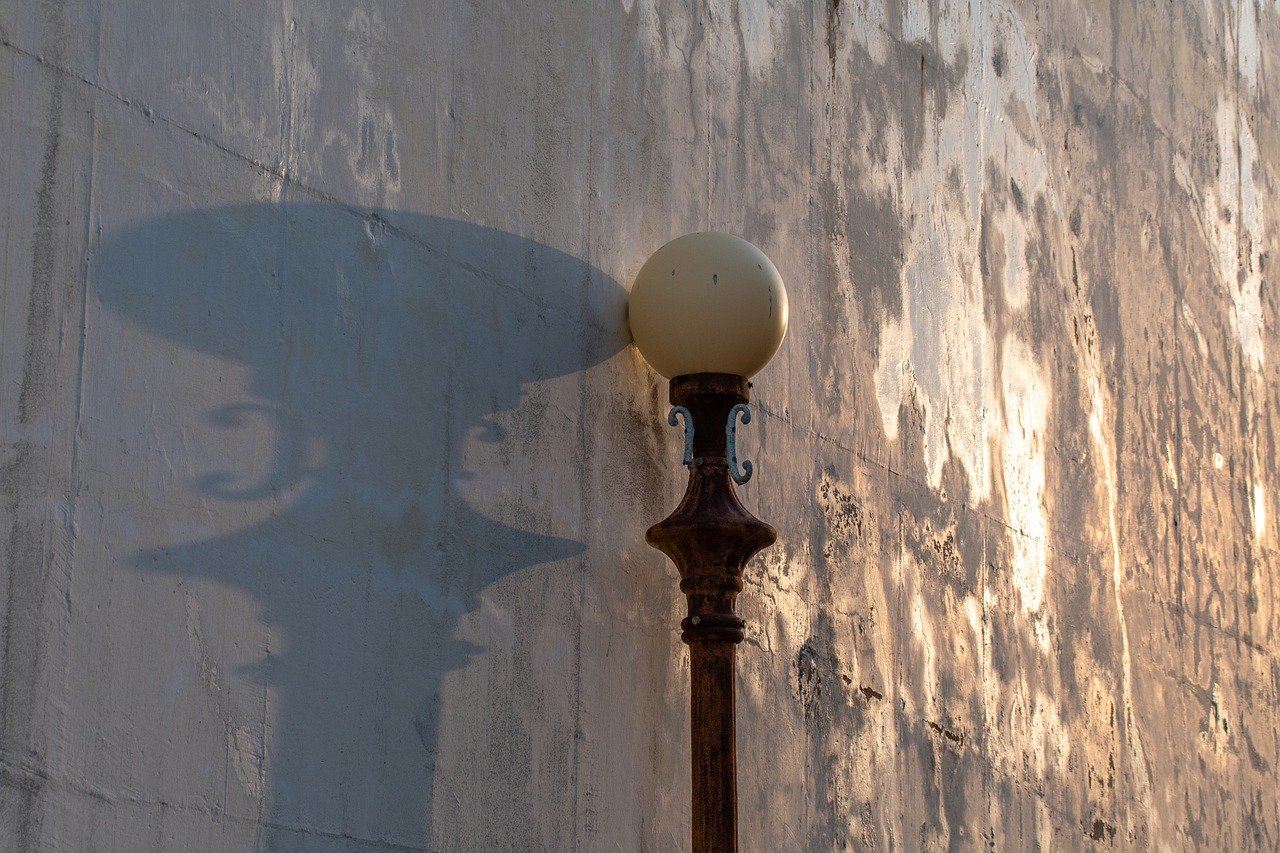
Choosing the Right Wall
When it comes to creating a stunning accent wall, the first step is to choose the right wall. This crucial decision can make or break your entire project. Think about the size of the room you’re working with; a small space might benefit from a well-placed accent wall that draws the eye without overwhelming the area, while a larger room can handle more bold choices. You want your accent wall to serve as a focal point, not just a random splash of color.
Next, consider the lighting in the room. Natural light can dramatically change how colors appear, so take note of how the wall looks at different times of the day. If your chosen wall is in a dimly lit corner, you might want to opt for lighter colors or even a reflective finish to brighten the space. Conversely, a wall that receives abundant sunlight might allow for darker hues without making the room feel too heavy.
Additionally, take a moment to assess your existing decor. The accent wall should harmonize with your overall aesthetic rather than clash with it. For instance, if your home features a lot of warm tones, a cool-toned accent wall might feel out of place. It's all about balance! Here’s a quick checklist to guide you:
- Room Size: Ensure the wall complements the space.
- Lighting: Observe how natural and artificial light affects color.
- Existing Decor: Choose colors and patterns that blend well with your current style.
Finally, don't forget to think about how the accent wall will interact with the furniture in the room. Will your couch or bed be positioned against it? If so, consider how the colors will work together. An accent wall should enhance the room, not compete with the furnishings. By taking the time to thoughtfully select the right wall, you set the stage for a truly remarkable transformation that speaks to your personal style.

Color Palette Selection
Choosing the right colors can truly transform a space, and when it comes to creating an accent wall, this decision is even more critical. Think of your home as a canvas, and the accent wall as your brushstroke that adds character and personality. The colors you select can either harmonize with your existing decor or create a striking contrast that draws the eye. So, how do you go about selecting that perfect palette? It starts with understanding the mood you wish to evoke in the room.
To make the process a bit easier, consider the following factors:
- Existing Decor: Look around your space. What colors dominate? Are there any patterns or textures that you want to complement or contrast with?
- Room Purpose: Think about how you use the room. For example, calming blues and greens are fantastic for bedrooms, while vibrant reds or yellows can energize a living room.
- Lighting: The amount of natural light can dramatically affect how colors appear. A color that looks stunning in daylight might feel too dark or overwhelming in the evening.
Now, let’s dive deeper into the types of colors you might consider. You have two main paths: bold and subtle. Bold colors, like a deep navy or a bright coral, can create a stunning focal point that energizes the room. On the other hand, subtle tones such as soft pastels or muted earth tones can provide a serene backdrop, allowing other decor elements to shine. Think of it like choosing between a loud party and a cozy gathering—both have their charm, but they create entirely different vibes.
Utilizing contrasting colors can elevate your accent wall to new heights. Imagine pairing a rich forest green with a crisp white trim; this not only highlights the wall but also adds depth and dimension. The key is to find a balance—too much contrast can be jarring, while too little can make the wall fade into the background. A good rule of thumb is to use the 60-30-10 rule: 60% of the room should be a dominant color, 30% a secondary color, and 10% an accent color. This method ensures that your accent wall stands out without overwhelming the space.
Understanding color psychology can also guide your choices. Different colors evoke different emotions and can significantly impact the atmosphere of your room. For instance:
| Color | Emotion |
|---|---|
| Blue | Calmness and Serenity |
| Red | Energy and Passion |
| Yellow | Happiness and Warmth |
| Green | Balance and Harmony |
| Purple | Luxury and Creativity |
By selecting colors that align with your desired mood, you can create a space that not only looks great but also feels right. So, before you dive into your DIY project, take a moment to reflect on the emotions you want to evoke with your accent wall. Remember, it’s not just about aesthetics; it’s about creating a space that resonates with you and your lifestyle.
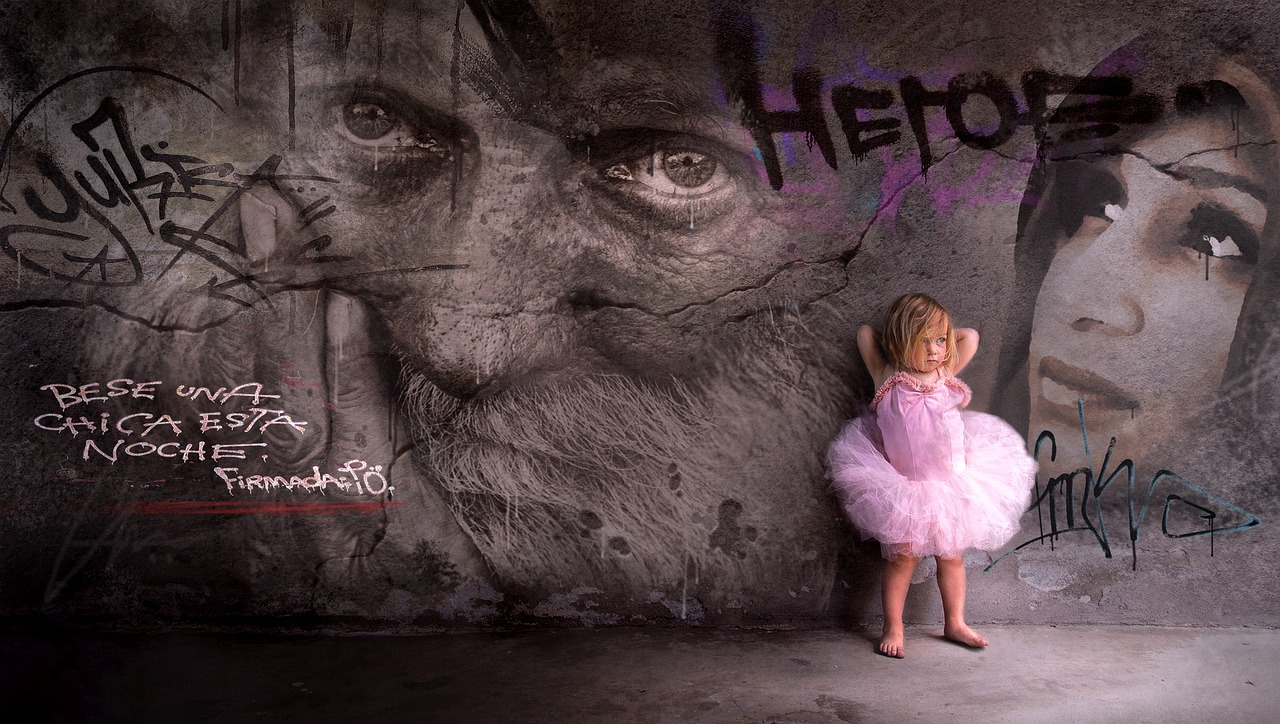
Bold vs. Subtle Colors
When it comes to decorating your accent wall, one of the most exciting decisions you'll face is whether to go with bold colors or subtle tones. Each choice brings its own unique flair to a room, and understanding the impact of these colors can help you create the atmosphere you desire. Picture this: a bright, vibrant red wall bursting with energy, versus a soft, muted blue that whispers tranquility. Which vibe resonates more with you?
Bold colors can serve as a dynamic focal point in any space. They have the power to energize a room and draw attention. Imagine walking into a living room with a striking emerald green accent wall. It instantly commands your attention and can even spark conversations among guests. Bold hues are perfect for spaces where you want to create excitement, such as a playroom or a home office that inspires creativity.
On the other hand, subtle colors offer a more calming and sophisticated feel. They can make a room feel more expansive and airy, which is especially beneficial in smaller spaces. For instance, a soft beige or pale grey accent wall can provide a serene backdrop for your decor without overwhelming the senses. These tones allow other elements of your room—like furniture and artwork—to shine, creating a harmonious balance.
So, how do you choose between bold and subtle? Consider the purpose of the room and the emotions you want to evoke. Here are a few questions to ponder:
- What mood do I want to create? Energetic or calming?
- How much natural light does the room receive?
- What color scheme am I currently working with?
Ultimately, the choice between bold and subtle colors comes down to personal preference and the specific vibe you wish to cultivate. Some people even opt for a combination of both—using bold colors as accents within a subtle palette to create depth and interest. For example, a soft grey wall adorned with bright orange artwork can bring warmth and excitement without overpowering the space.
In conclusion, whether you lean towards bold or subtle, remember that your accent wall is an opportunity to express your personality and style. Think of it as the canvas of your home, ready to be painted with your unique vision. Whichever path you choose, make sure it resonates with you and enhances the overall ambiance of your space!
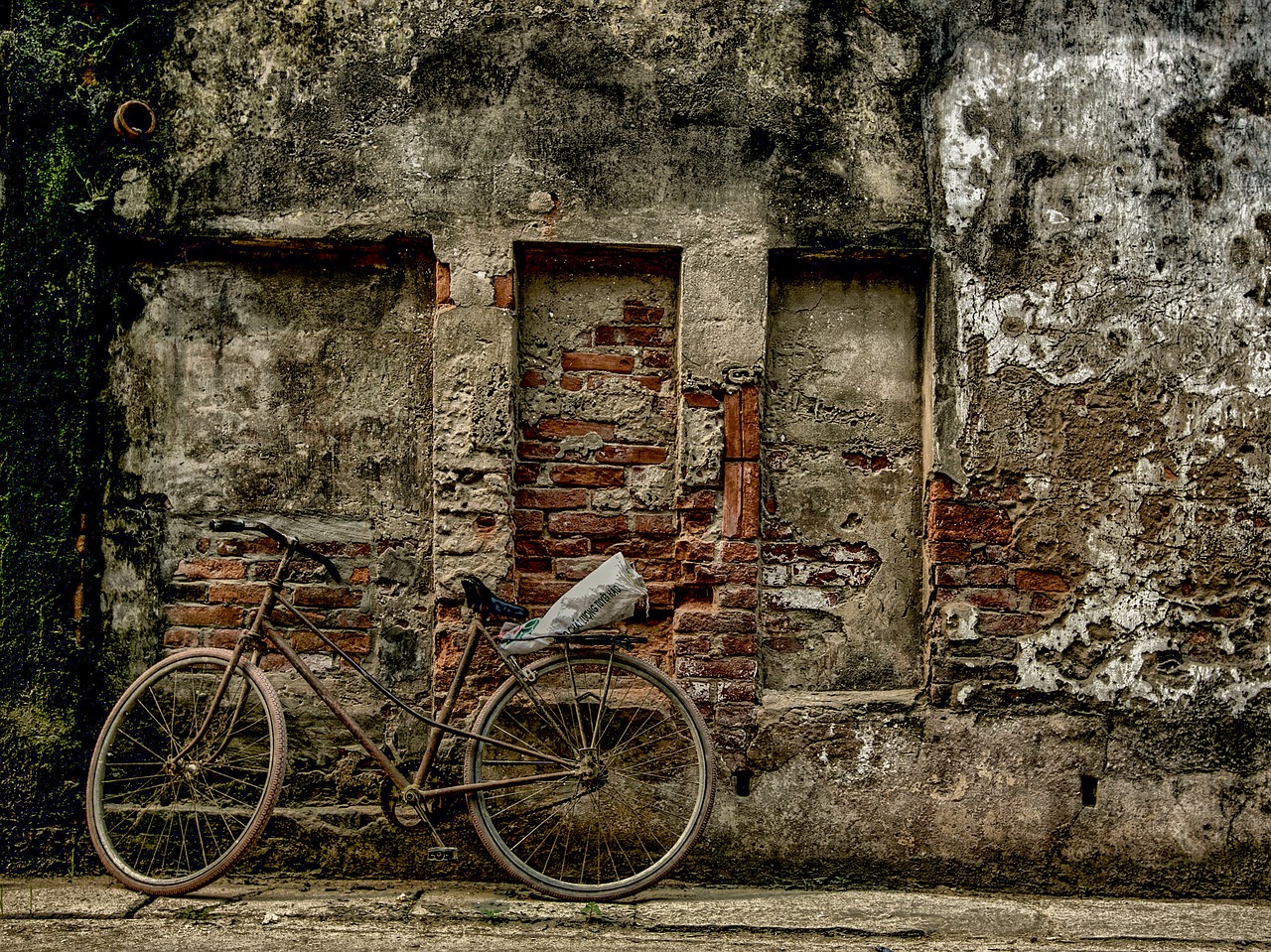
Creating Contrast
When it comes to designing an accent wall, is a game changer. Think of your wall as a blank canvas, and you are the artist ready to make a bold statement. By pairing contrasting colors, textures, or patterns, you can draw the eye and create a breathtaking focal point in any room. Imagine walking into a space where one wall pops with vibrant color against a backdrop of soft neutrals. It’s like a breath of fresh air that invigorates the entire atmosphere!
To effectively create contrast, consider the following elements:
- Color Pairing: Choose colors that are opposite on the color wheel, such as blue and orange or purple and yellow. This not only makes the accent wall stand out but also adds a dynamic energy to the room.
- Texture Variation: Mixing textures can also create a striking contrast. For instance, combining a smooth, matte finish with a glossy or textured surface can add depth and interest.
- Patterns: If you’re feeling adventurous, consider using patterns that clash beautifully. A geometric pattern can contrast wonderfully against a floral wallpaper, creating an eclectic yet cohesive look.
Another effective strategy is to utilize a neutral backdrop. By painting the majority of your walls in soft, neutral shades, the accent wall can take center stage without overwhelming the space. Think of it as having a quiet conversation while the accent wall shouts, "Look at me!" This approach not only highlights your chosen accent wall but also allows you to experiment with bolder choices without fear of clashing.
Additionally, consider the lighting in your room. Natural light can enhance the vibrancy of your accent wall, while artificial lighting can create shadows and depth. Experimenting with different lighting options can help you achieve the perfect contrast and ambiance.
Creating contrast is not just about color; it’s about evoking emotion and setting the mood. A well-contrasted accent wall can make a small room feel larger, a dark room feel cozier, or a bright room feel more inviting. So, don’t shy away from bold choices! Embrace the power of contrast and watch your space transform into a stunning visual masterpiece.
1. What colors work best for creating contrast on an accent wall?
The best colors for contrast are those that are opposite on the color wheel, such as blue and orange or red and green. However, you can also create contrast using different shades of the same color or by mixing warm and cool tones.
2. Can I use wallpaper for an accent wall?
Absolutely! Wallpaper is a fantastic way to create contrast. You can choose a bold pattern or a vibrant color that stands out against the other walls in the room.
3. How do I choose the right wall for an accent?
Typically, the wall that naturally draws the eye when you enter the room is the best choice. Consider factors like furniture placement and architectural features when selecting your accent wall.
4. Is it possible to change an accent wall later?
Yes! One of the great things about accent walls is their versatility. You can easily repaint or re-wallpaper to refresh your space whenever you want.
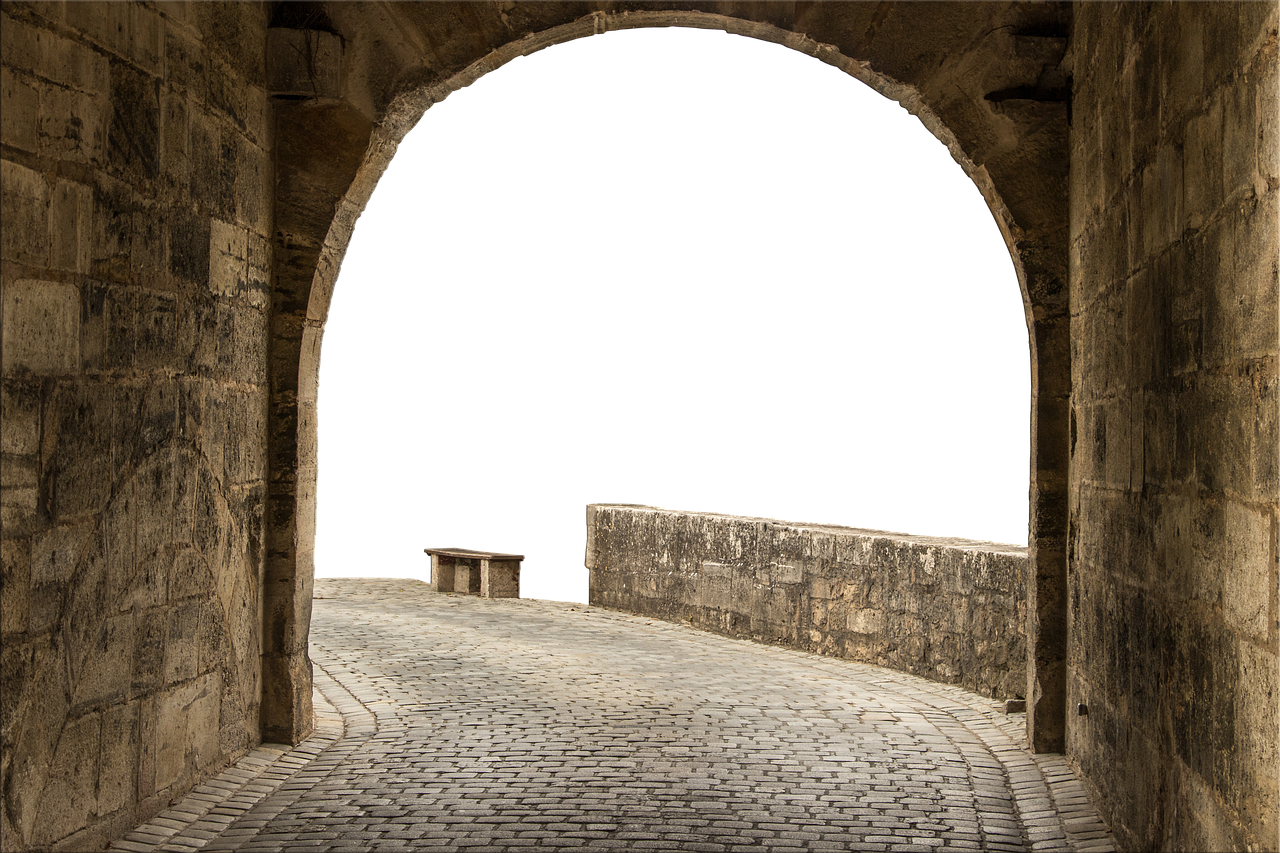
Color Psychology
When it comes to interior design, understanding is like having a secret weapon in your decorating arsenal. Colors are not just visually appealing; they can evoke emotions, set moods, and influence the overall atmosphere of a room. Imagine walking into a space painted in calming blues versus a room drenched in fiery reds—each color tells a different story and can alter your feelings in an instant.
For instance, blue is often associated with tranquility and calmness, making it an ideal choice for bedrooms or meditation spaces. On the other hand, yellow radiates happiness and energy, perfect for kitchens or playrooms where you want to inspire creativity and joy. Understanding these associations can help you choose colors that not only look good but also feel right for your specific needs.
Here’s a quick overview of some popular colors and their psychological effects:
| Color | Psychological Effect |
|---|---|
| Red | Stimulates energy and passion; can increase heart rate. |
| Blue | Promotes calmness and peace; often associated with trust. |
| Yellow | Evokes happiness and optimism; stimulates mental activity. |
| Green | Symbolizes nature and growth; promotes balance and harmony. |
| Purple | Associated with luxury and creativity; can inspire imagination. |
When planning your accent wall, think about the emotions you want to evoke. Do you want a space that feels cozy and inviting or one that energizes and inspires? By carefully selecting your colors, you can create an environment that resonates with your personal style while also fulfilling your emotional needs.
Furthermore, it's essential to consider how different colors interact with each other. For example, pairing a calming blue with a vibrant yellow can create a striking contrast that not only catches the eye but also balances the energy in the room. This interplay can enhance the overall aesthetic and make your accent wall a true focal point.
So, the next time you're contemplating a new accent wall, remember that your color choices are more than just a matter of preference. They are a powerful tool that can shape the atmosphere of your home. Dive into the world of color psychology, and let it guide you in creating a space that feels just right for you!
- What is the best color for a small room? Light colors such as soft whites or pastels can make a small room feel larger and more open.
- Can I mix different colors on my accent wall? Absolutely! Just ensure that the colors complement each other and consider their psychological effects.
- How do I choose a color for my accent wall? Think about the mood you want to create, the existing color scheme, and the amount of natural light the room receives.
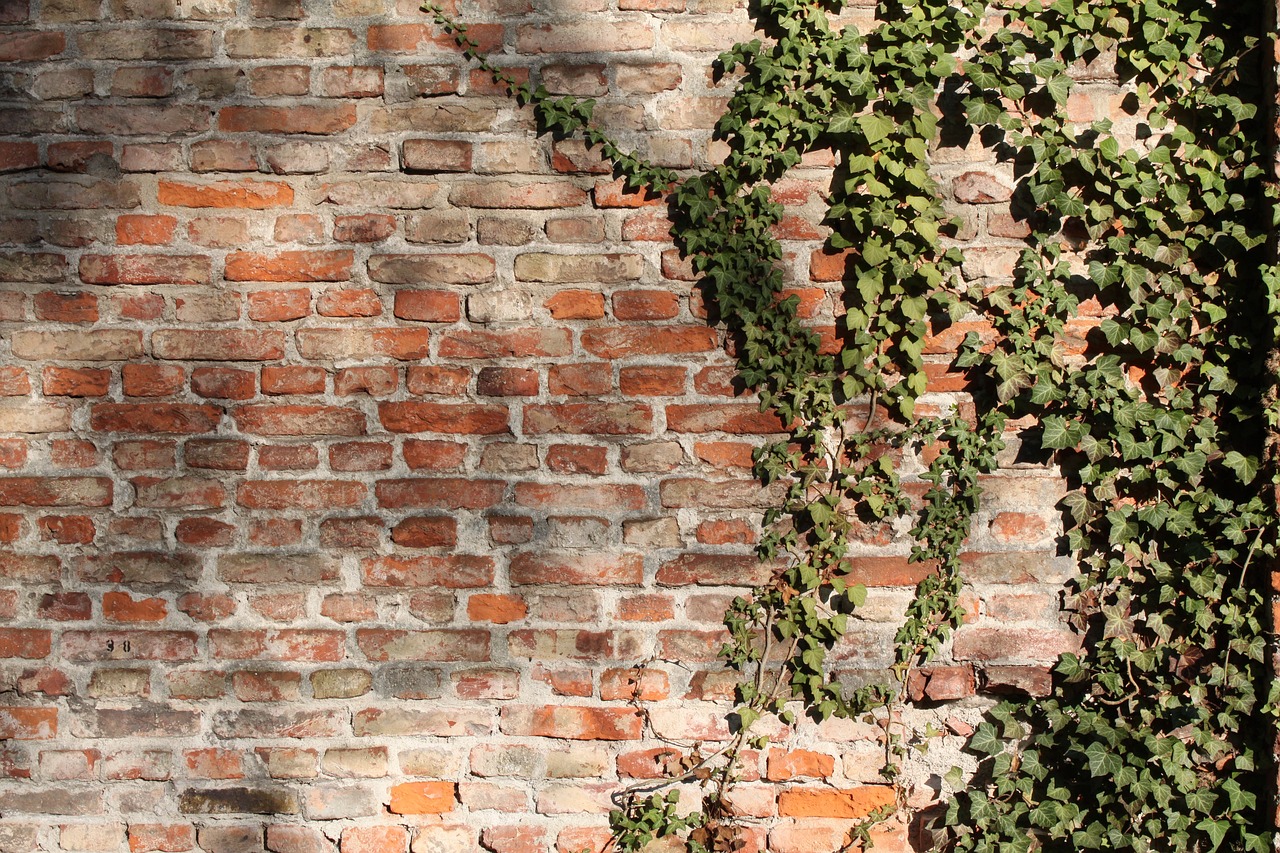
Patterns and Textures
When it comes to accent walls, are like the icing on the cake—they add that extra flair that can turn a simple wall into a stunning focal point. Imagine walking into a room where the walls tell a story, where every glance reveals a new detail that captures your imagination. This is the power of incorporating patterns and textures into your decor. Whether you're aiming for a bold statement or a subtle enhancement, the right choice can elevate your space to new heights.
Patterns can range from geometric designs to floral motifs, and each brings its own vibe to the room. For instance, a striped pattern can create an illusion of height, making a room feel more spacious, while a floral print can add a touch of warmth and coziness. But it's not just about what you see; it's also about what you feel. Textures, on the other hand, add a tactile element to your wall. Imagine running your fingers over a textured wallpaper or a rough-hewn wood paneling. It invites interaction and creates a more engaging environment.
To help you visualize the impact of different patterns and textures, consider the following table:
| Pattern Type | Effect on Space | Best For |
|---|---|---|
| Geometric | Modern and sleek | Contemporary spaces |
| Floral | Warm and inviting | Cozy living areas |
| Stripes | Creates height | Small rooms |
| Textures (e.g., wood, brick) | Adds depth and warmth | Rustic or industrial styles |
When choosing patterns and textures, consider the existing decor in your space. You want to create a cohesive look, so think about how the new elements will interact with your furniture and other decorative items. For example, if your room features a lot of smooth, modern furniture, a textured wall could provide an interesting contrast. Conversely, if your decor is more traditional, a patterned wallpaper might blend beautifully.
Don't be afraid to mix and match! Combining different patterns and textures can create a unique and dynamic look. Just remember to maintain a balance—too many competing elements can lead to visual chaos. Try to stick to a color palette that ties everything together, ensuring that your accent wall remains a harmonious part of your overall decor.
Ultimately, the goal is to create a wall that reflects your personality and enhances your living space. So, whether you choose a bold geometric pattern or a soft, textured wallpaper, let your creativity shine through. After all, your home should be a canvas that showcases your style and makes you feel good every time you walk through the door.
- What are the best materials for textured accent walls? Popular options include wood paneling, brick veneer, and textured wallpaper.
- Can I mix different patterns on the same wall? Yes, but aim for a cohesive color palette to maintain balance.
- How do I choose the right pattern for my room? Consider the room's size, existing decor, and the mood you want to create.

DIY Techniques for Accent Walls
Creating an accent wall is not just about slapping on a coat of paint; it’s an art form that invites creativity and personal expression into your home. Whether you’re looking to make a bold statement or add a subtle touch of sophistication, there are countless DIY techniques that can help you achieve the desired effect. From painting to wallpapering, let’s dive into the world of accent walls and explore the various methods that can transform your space.
One of the most popular techniques is painting. This method allows for endless possibilities, and you can easily customize colors and patterns to fit your style. For instance, consider using the ombre technique, where colors gradually fade into one another, creating a dreamy effect that can make your room feel larger. Alternatively, you might opt for geometric patterns, which can add a modern twist to your decor. Simply use painter's tape to create sharp lines, and choose contrasting colors to make the design pop.
If painting isn’t your thing, wallpaper is a fantastic alternative. It’s a quick and impactful way to enhance your decor without the commitment of paint. There are various styles available, from traditional floral patterns to sleek, contemporary designs. Peel-and-stick wallpaper is especially user-friendly, allowing you to easily change your mind without damaging the wall underneath. In fact, it’s so simple that you can even do it as a weekend project!
Another exciting option is to incorporate wood paneling or reclaimed wood into your accent wall design. This technique adds warmth and texture, making your space feel inviting. You can create a rustic look by using barn wood or achieve a more polished feel with sleek, painted wood panels. The key is to ensure that the wood complements the rest of your decor, creating a cohesive look throughout the room.
For those who love a little sparkle, consider adding metallic accents to your accent wall. This could be in the form of metallic paint, foil wallpaper, or even decorative metal tiles. These elements can catch the light beautifully, adding a touch of glamour and sophistication to your space.
Lastly, don’t forget about the power of stencils. This technique allows you to create intricate designs on your accent wall without the need for advanced skills. You can find a variety of stencil designs online or create your own. Just choose your color palette, apply the stencil, and watch as your wall transforms into a stunning focal point.
In summary, the DIY techniques for creating accent walls are as diverse as your imagination. Whether you choose to paint, wallpaper, use wood, add metallics, or incorporate stencils, each method offers a unique way to express your personal style. So, roll up your sleeves and get ready to turn that plain wall into a masterpiece!
- What is an accent wall? An accent wall is a single wall in a room that is painted or decorated differently from the other walls, designed to create a focal point.
- How do I choose the right wall for an accent? Look for a wall that naturally draws the eye, such as one behind a bed or a sofa. Consider factors like lighting and the room’s layout.
- Can I use wallpaper for an accent wall? Absolutely! Wallpaper is a great way to add texture and pattern without committing to paint.
- How can I create a geometric pattern on my wall? Use painter's tape to outline your design, then fill in the shapes with paint of your choice for a clean, modern look.

Painting Techniques
When it comes to creating an accent wall, are your secret weapon. They can turn a plain wall into a stunning focal point that catches the eye and sparks conversation. So, let’s dive into some popular painting techniques that can help you unleash your creativity.
First up, we have the stenciling technique. This method allows you to add intricate designs or patterns to your wall without the need for professional skills. Imagine transforming your wall with beautiful floral patterns or geometric shapes! All you need is a stencil, some painter’s tape, and your favorite paint. Simply secure the stencil to the wall, dab your brush or roller over it, and voila! You’ve got a masterpiece that reflects your personal style.
Next, consider the ombre technique. This technique creates a stunning gradient effect that can add depth and drama to your space. To achieve this look, start with a base color and gradually blend in a lighter or darker shade. The key here is to work quickly and blend as you go to avoid harsh lines. Think of it as painting a sunset on your wall—soft, dreamy, and absolutely captivating!
If you’re feeling a bit more adventurous, why not try geometric patterns? This involves using painter’s tape to create sharp lines and angles on your wall. You can choose to paint each section a different color or stick with a monochromatic scheme for a modern touch. The possibilities are endless! Just imagine a wall filled with triangles, diamonds, or even stripes that can make your room feel more dynamic.
Lastly, let’s not forget the power of color washing. This technique involves applying a thin, translucent layer of paint over a base coat, which creates a soft, textured look. It’s perfect for adding a touch of sophistication to your accent wall. You can use a sponge or a brush to apply the wash, allowing some of the base color to show through. It’s like giving your wall a gentle hug of color!
Here’s a quick comparison table of these techniques:
| Technique | Description | Skill Level |
|---|---|---|
| Stenciling | Using a stencil to apply intricate designs. | Beginner |
| Ombre | Creating a gradient effect from one color to another. | Intermediate |
| Geometric Patterns | Using tape to create sharp lines and angles. | Advanced |
| Color Washing | Applying a translucent layer of paint over a base color. | Intermediate |
Now that you’re armed with these fantastic painting techniques, it’s time to roll up your sleeves and get to work! Remember, the most important part of creating an accent wall is to have fun and let your personality shine through. Whether you choose a bold geometric design or a soft ombre effect, your accent wall will surely become a stunning centerpiece in your home.
Q: How do I choose the right painting technique for my accent wall?
A: Consider the overall style of your room, your skill level, and the effect you want to achieve. For a simple yet elegant look, stenciling or color washing might be the way to go. If you’re feeling adventurous, geometric patterns can add a modern twist.
Q: Can I combine different painting techniques?
A: Absolutely! Combining techniques, like stenciling over an ombre background, can create a unique and personalized look. Just make sure to plan out your design before you start painting.
Q: How long does it take for paint to dry?
A: Drying times can vary based on the type of paint used and environmental conditions. Generally, it’s safe to wait at least 2-4 hours before applying a second coat, but always check the manufacturer’s instructions for the best results.
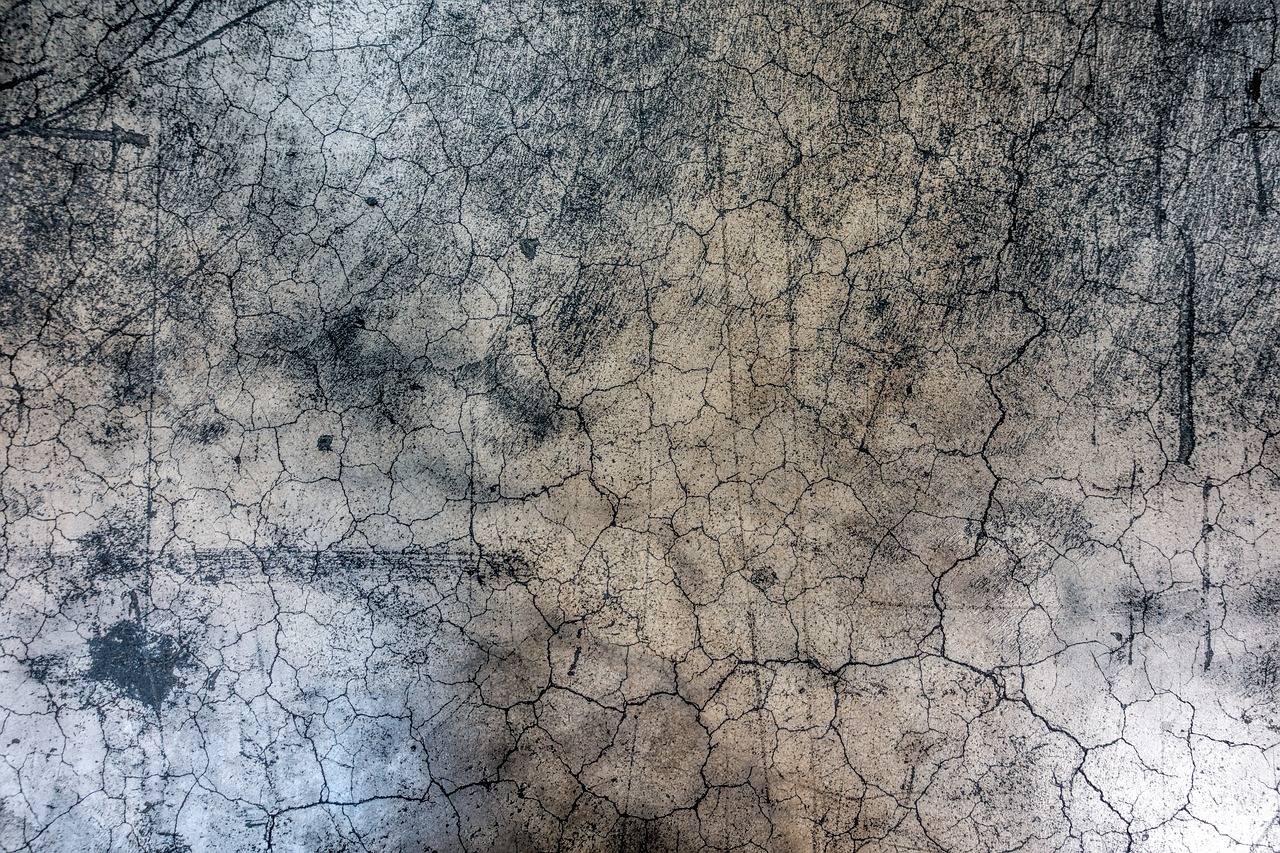
Wallpaper Options
When it comes to transforming your space with an accent wall, wallpaper is a fantastic choice. It offers a wide range of styles and textures that can dramatically change the look and feel of any room. Whether you want to create a cozy nook in your living room or a vibrant focal point in your bedroom, the right wallpaper can do wonders. So, how do you choose the perfect wallpaper for your accent wall?
First, consider the style of your home and the atmosphere you want to create. There are several wallpaper options available, each with its unique flair:
- Traditional Wallpaper: This classic choice often features intricate patterns and designs, perfect for adding a touch of elegance to your decor.
- Textured Wallpaper: If you're looking to add depth to your wall, textured wallpaper can provide a tactile experience that catches the eye.
- Vinyl Wallpaper: Known for its durability and ease of cleaning, vinyl wallpaper is ideal for high-traffic areas or spaces prone to spills.
- Peel-and-Stick Wallpaper: For those who love DIY projects, peel-and-stick options offer a hassle-free way to change your decor without the commitment of traditional wallpaper.
- Fabric Wallpaper: This luxurious option can bring warmth and sophistication to your space but may require more maintenance.
Next, think about the pattern. Do you want something bold and daring or subtle and understated? For instance, large floral prints can make a statement, while small geometric patterns can create a more serene environment. The key is to ensure that the wallpaper complements your existing decor rather than clashes with it.
Another important factor is color. The right color can either energize a room or create a calming atmosphere. Light colors tend to open up a space, making it feel larger, while dark colors can add coziness and intimacy. Remember to consider how the wallpaper will interact with the lighting in the room at different times of the day.
Lastly, don't forget about the application process. Some wallpapers require professional installation, while others are designed for easy DIY application. If you're a beginner, peel-and-stick wallpaper can be a great starting point. Just make sure to measure your wall accurately and follow the manufacturer's instructions for the best results.
Here are some common questions people have when considering wallpaper for their accent walls:
- How do I choose the right wallpaper for my accent wall? Consider your room's style, the atmosphere you want to create, and how the wallpaper will interact with existing decor.
- Is wallpaper easy to remove? It depends on the type of wallpaper. Peel-and-stick options are generally easier to remove than traditional wallpaper.
- Can I use wallpaper in a bathroom? Yes, but make sure to choose moisture-resistant wallpaper to prevent damage.
- How do I maintain my wallpaper? Regular dusting and cleaning with a damp cloth can help maintain the appearance of your wallpaper. Always check the manufacturer's care instructions.
Frequently Asked Questions
- What is an accent wall?
An accent wall is a wall that is painted or decorated differently from the other walls in a room. It serves as a focal point, adding character and interest to your space. Think of it as a canvas that showcases your personal style!
- How do I choose the right wall for my accent project?
Choosing the right wall is key! Look for walls that are prominent or visible as you enter the room. Consider factors like lighting—natural light can enhance colors—and existing decor to ensure everything flows harmoniously. A wall that stands out can become a stunning centerpiece!
- What colors work best for an accent wall?
It really depends on your style! Bold colors can create a dramatic effect, while subtle hues can add a touch of elegance. Think about the mood you want to create. For example, warm colors like reds and oranges can energize a space, while cool colors like blues and greens can bring calmness.
- Can I use patterns or textures on my accent wall?
Absolutely! Patterns and textures can add depth and visual interest. You might consider using wallpaper, stencils, or even wood panels. Each technique offers a unique vibe, so don’t be afraid to get creative!
- What DIY techniques can I use for my accent wall?
There are tons of DIY techniques! Painting is a popular choice—think stenciling, ombre effects, or geometric designs. Wallpaper is another great option that can instantly transform a room. Choose a method that matches your skill level and personal style!
- How can I ensure my accent wall complements the rest of my decor?
To create a cohesive look, select colors and patterns that harmonize with your existing decor. Consider using shades from your furniture or accessories to tie everything together. It’s all about balance—make sure your accent wall enhances, rather than clashes with, your overall design!
- What if I want to change my accent wall later?
No worries! Accent walls are meant to be fun and flexible. If you decide to switch things up, you can easily repaint or re-wallpaper. Think of it as a way to refresh your space whenever you feel like it!


















